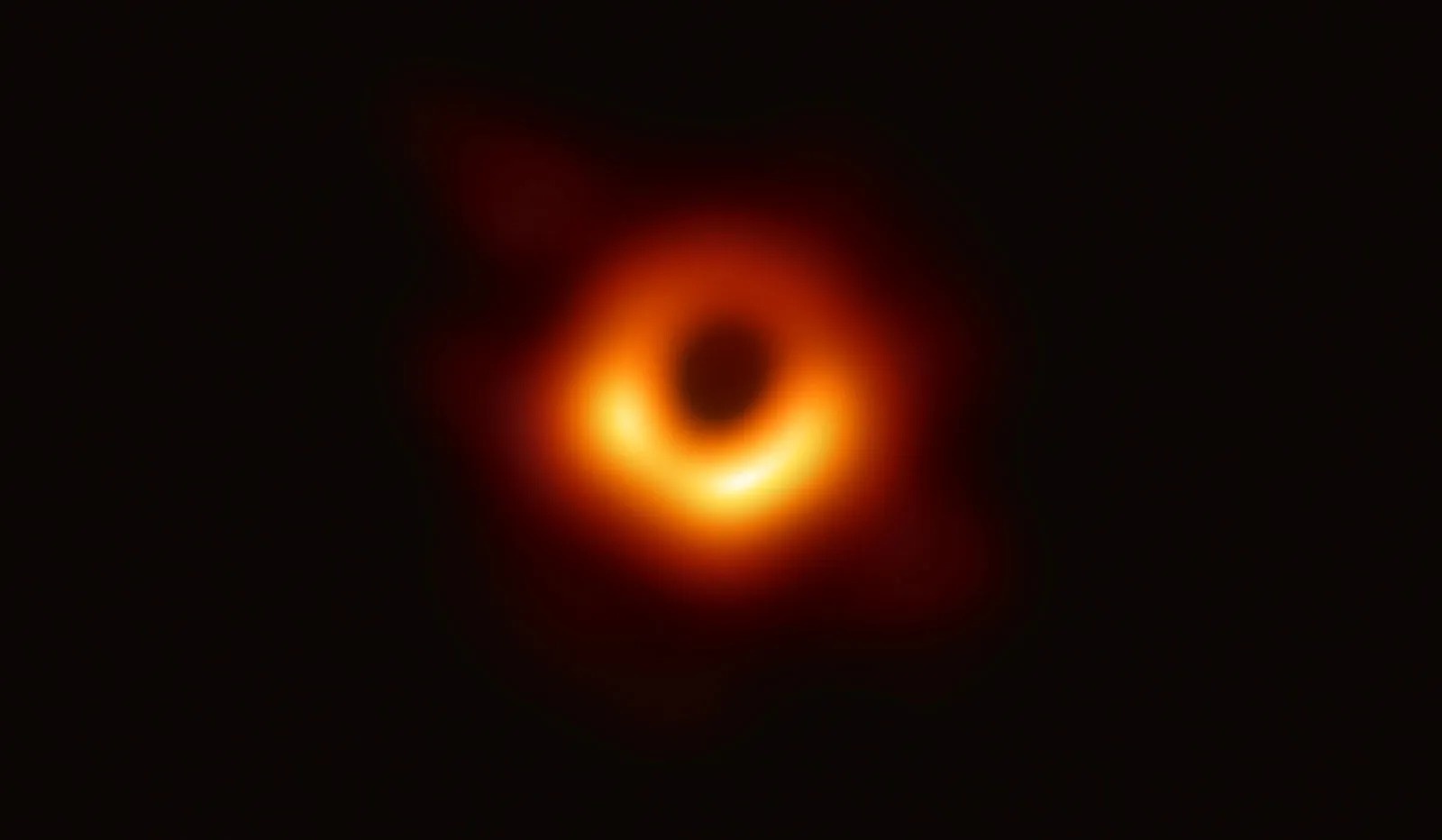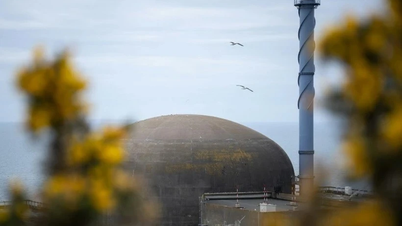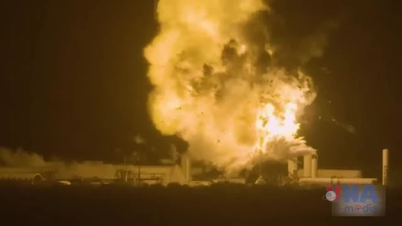Technology
- Saturday, April 29, 2023 07:32 (GMT+7)
- 07:32 April 29, 2023
The Hubble Telescope has discovered a black hole 20 million times the mass of the Sun moving rapidly away from the core of a galaxy.
As this supermassive black hole moves through space, it leaves behind a trail, about 200,000 light-years long, of newly formed stars.
“We see a bright trail behind the black hole, where dust and gas cool and form stars,” said Pieter van Dokkum, an astronomer at Yale University who first identified the trail. The black hole squeezes gas and dust in its path, creating stars behind it, like waves behind a ship, van Dokkum explained.
The trail left behind by the black hole is filled with blue stars, which are dozens of times more massive than the Sun and hotter. As a result, the trail is already half as bright as the black hole's original galaxy.
The researchers believe that this black hole was likely ejected from its original galaxy after an interaction between three supermassive black holes occurred there, due to a galaxy merger, as described in The Astrophysical Journal Letters .
If the van Dokkum team's discovery is correct, it would be the first evidence that supermassive black holes can be ejected from their parent galaxies.
 |
Black holes do not emit light, but there are visible traces around them. Image: Event Horizon Telescope collaboration . |
Although black holes themselves do not emit light, they often leave behind visible traces. For example, many black holes are surrounded by dense disks of superheated gas and dust. Such accretion disks emit a lot of light, making the presence of the black hole easy to spot.
But this time the black hole wasn't "revealed" by an accretion disk, but rather an unusual streak that seemed to link it to a nearby galaxy, according to van Dokkum's first observations using the Hubble Telescope.
The farther away from the core of the galaxy, the more distinct the streak becomes, leading the researchers to conclude that the streak is new stars created by the black hole itself.
At the trailing end of the trail, where the black hole is suspected to be, the researchers also saw evidence of shock waves. “The gas in front of it is shocked by the supersonic speed, the very fast speed at which the black hole is moving,” van Dokkum said.
Astronomers believe the runaway black hole was likely ejected from its parent galaxy during two galactic mergers. The first occurred about 50 million years ago, causing the two galaxies’ supermassive black holes to orbit each other. The second time, the two galaxies merged with a third galaxy, and one of the three black holes was ejected from the galaxy system, leaving two black holes orbiting each other.
To confirm this hypothesis, the van Dokkum team plans to continue observations using the James Webb Space Telescope and the Chandra X-ray Observatory.
Big Questions - The Universe
The book deals with fundamental issues in natural science , in the form of discussing 20 questions about astronomy and the universe such as: What is the universe? How big is the universe? Why do planets always orbit?...
Hoang Nam
black hole black hole sun star star
You may be interested in
Source link


































































































Comment (0)